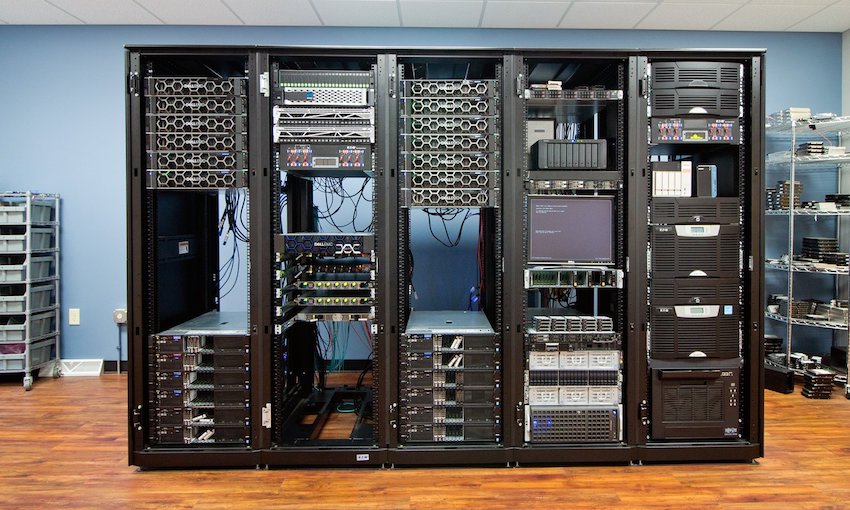A member of the Dell Technologies family business, VMware first launched its VMmark freeware in 2007 in an effort to more accurately benchmark the performance and scalability of single-server virtualized IT environments. VMware built on this by expanding its freeware to encompass multiple servers and multiple platform-level workloads with VMmark 2. VMware has now upped the ante with VMmark 3. As the world of computing becomes even more complex, VMmark 3 is a standardized benchmark that allows organizations to compare disparate virtualization and hardware platforms and configurations. The benchmark has much integrity in the industry and has become the standard for evaluation of virtualization platforms.

Submissions to the VMmark process go through a stringent process that involves a review panel made up of VMware and representatives of several large manufacturers, many of which have published VMmark benchmark results. The rigorous review process was put in place to protect the integrity and fairness of the benchmark.
StorageReview is pleased to announce that the StorageReview Lab's first VMmark 3 submissions have been approved by the panel and the results are published on the VMmark 3 site. This is no small feat. As VMmark is a benchmark designed to simulate the activity in a highly virtualized environment, to run a benchmark of this size takes a sizable footprint of hardware and months of preparation. StorageReview's configuration includes 8 Dell EMC PowerEdge R740xd servers and 4 Dell EMC PowerEdge R730 servers, both equipped with Mellanox ConnectX-4 Lx 25GbE NICs or rNDCs, as well as 2 Dell EMC Networking Z9100 switches, as well as a Brocade 6510 16GB FC switch.

What's significant about StorageReview's submission? The team's intention was to create a real-world production scenario in the enterprise lab, re-creating how real-world customers would see equipment leveraged. The benchmark uses "tiles" as a way to bundle and scale commonly-virtualized applications. This first benchmark focused on the Dell EMC Unity 450F and stressed everything that goes into a virtualized environment. The StorageReview results pushed not just storage (as many submissions often do), but compute and networking as well. The StorageReview Lab successfully measured performance with server and storage performance, producing a score of 12.11 and 12.43 under a load of 12 tiles with storage configured in RAID10 and RAID5 respectively. RAID type can play a significant role in performance. To date, all prior VMmark 3 results have been JBOD or RAID0 configurations, which don't generally reflect real-world conditions. StorageReview aims to leverage traditional RAID types in VMmark submissions, as well as measuring VMmark 3 performance with features like data-reduction enabled.
StorageReview intends to continue submitting and publishing VMmark 3 results on most enterprise storage arrays as part of our standard review process to show storage performance in highly virtualized environments. The testing environment will remain largely static with the key storage element being the biggest change. That further allows results from StorageReview to produce insight into varrious arrays across a variety of vendors and configurations.




 Amazon
Amazon